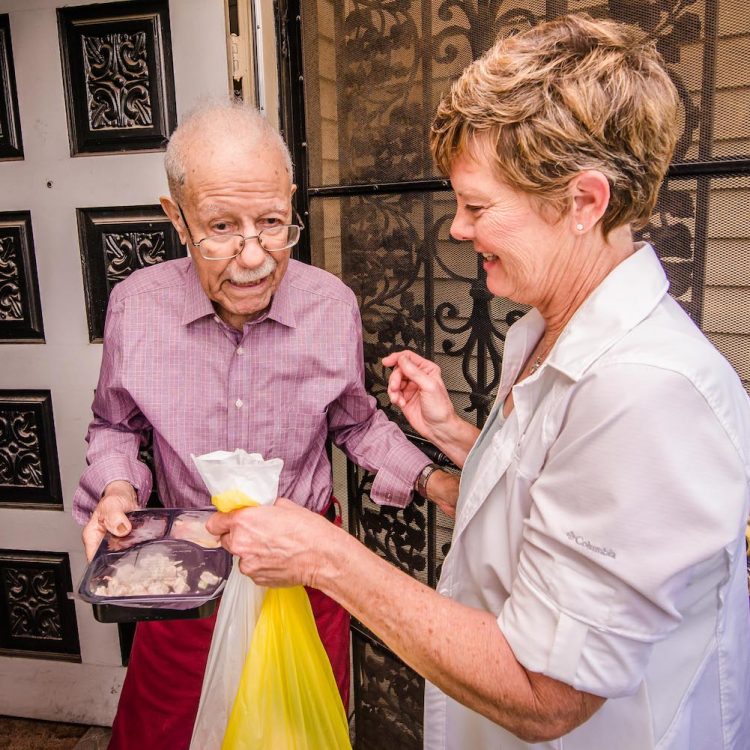Food insecurity is a very important health issue in the United States and one that is rarely discussed. The U.S. Department of Agriculture (USDA) defines food insecurity as a lack of consistent access to enough food for an active, healthy life. If an individual is food insecure, it means he/she doesn’t have proper or reliable access to nutritious and affordable food.
Food insecurity goes beyond just hunger, but people who are food insecure may experience serious health impacts. The biological purpose of food is to provide our bodies with nutrients that promote good health and provide energy. Therefore, when someone lacks access to the foods that provide important nutrients for energy, brain activity and blood flow, important functions of the body may start to slow down and even suffer.
A common misconception of food insecurity is that it’s the same thing as hunger; however, that is not always true. Being food insecure can mean someone is hungry, but that is not always the case. Someone may have enough food, but still be food insecure if the foods they have don’t provide adequate nutrition. In the United States especially, many older adults have enough food, but due to financial or physical constraints, they cannot obtain nutritious foods like fresh fruits, vegetables or meats.
Food insecurity and hunger are things home health care nurses and hospice aides should pay particular attention to when visiting patients. Unlike in a hospital or inpatient setting, home health and hospice teams have a unique opportunity to observe what is happening in the home. They can observe when, what, and how much patients are eating. Additionally, home health teams can see patients’ kitchens, refrigerators, etc., which can all give indications as to whether a patient is food insecure.
Home health and hospice clinicians can play an important and irreplaceable role in identifying nutritional gaps in a patient’s diet and help connect them with the proper resources for greater food stability.
Food insecurity among seniors generally affects how they go about daily activities. Below are several activities of daily living a food-insecure individual may struggle with:
- Bathing
- Taking care of personal hygiene
- Going to the bathroom
- Walking
- Getting in and out of bed
These signs may be helpful in identifying food insecurity. Many times, a patient may be embarrassed to confess they are hungry or struggling to obtain fresh, healthy food. Remaining calm, open and empathetic in your approach might help assist in this conversation.
Visiting Nurse Association’s Meals on Wheels provides hot, nutritious, freshly prepared meals five days a week to Dallas County residents who can’t provide for themselves due to illness, advanced age or disability. These meals contribute to the overall health and wellbeing of participating seniors, including those with chronic illnesses that are affected by diet, such as diabetes and heart disease, and seniors who are homebound.
Your VNA hospice team can evaluate you for any additional food-related needs including Meals on Wheels. For more information about VNA Hospice Care, contact Sarah Miles at (214) 535-2615 or email gethelp@vnatexas.org.
For more information about VNA Meals on Wheels, call (214) 689-2681 or email morgand@vnatexas.org.
